International Conference on Nanomaterials for biosensors and biomedical applications, Jurmala, Latvia
MRC representatives, Oleksiy Gogotsi and Veronika Zahorodna attended CanBioSe project meeting held during International Conference on Nanomaterials for biosensors and biomedical applications, Jurmala, Latvia, on July 2019.
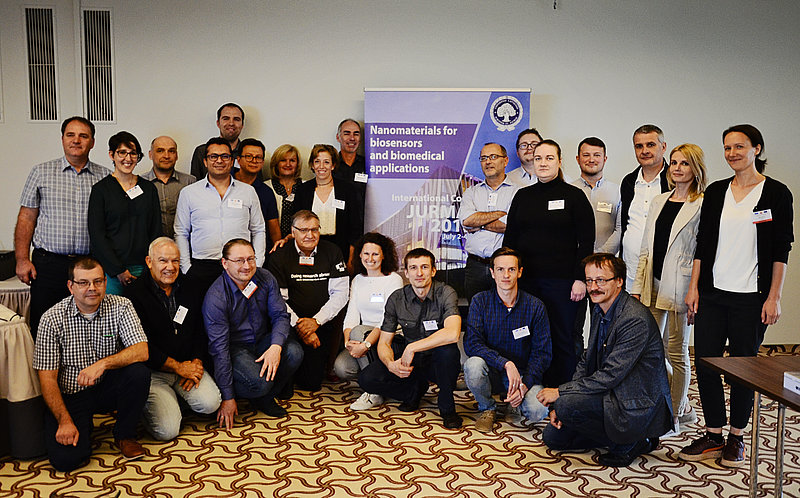
MRC director Oleksiy Gogotsi made an oral presentaion on MXenes for biosensors and biomedical applications.
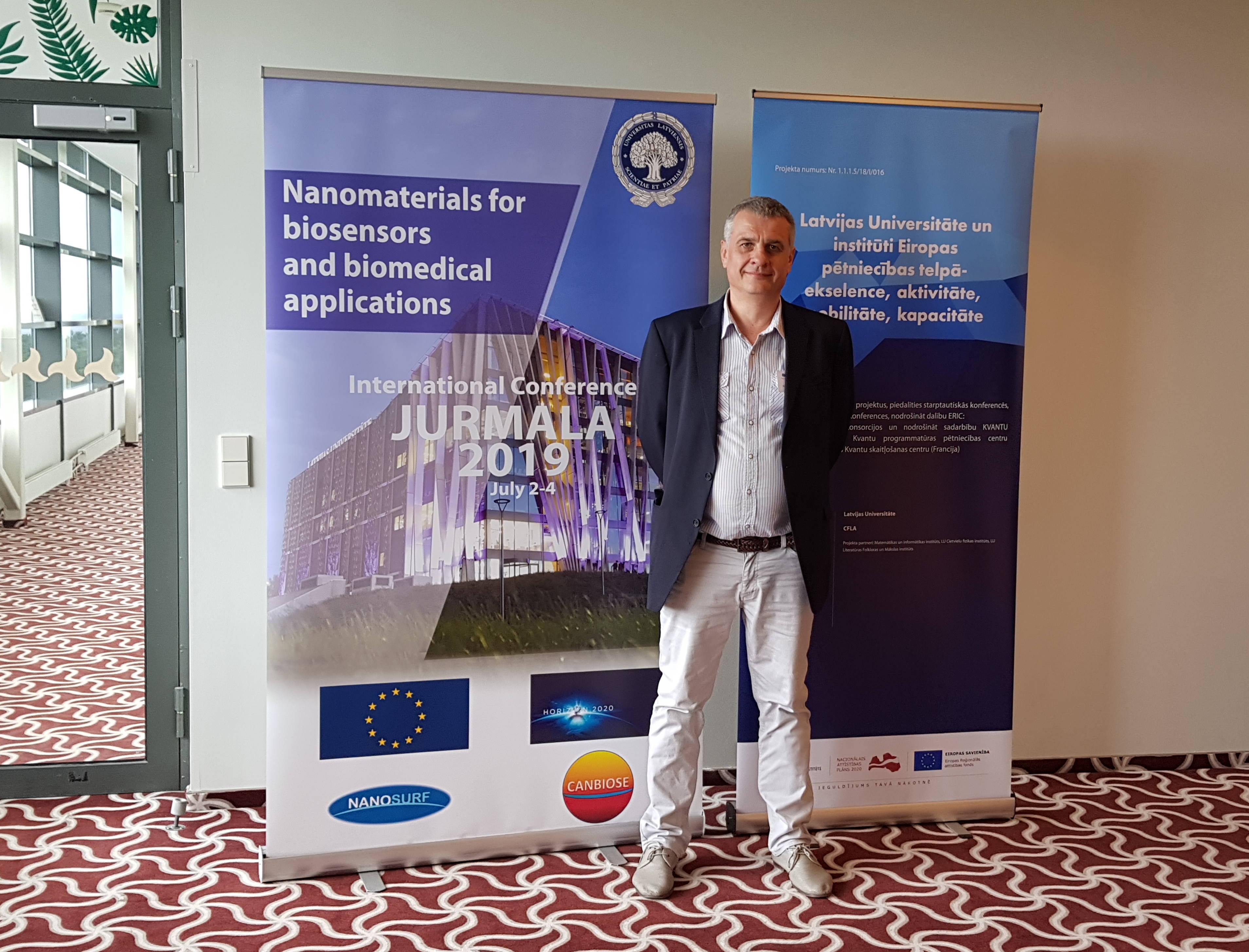
MXenes for biosensors and biomedical applications
Oleksiy Gogotsia, b, Veronika Zahorodnaa, b, Vitalii Balitskyia, , Mykola Seredych c, Qi Zhao c, Yury Gogotsi c
a Materials Research Centre, Kyiv 03680, Ukraine
b National Metallurgical Academy of Ukraine, Dnipro 49600, Ukraine
c Department of Materials Science & Engineering and A.J. Drexel Nanomaterials Institute, Drexel University, Philadelphia, Pennsylvania 19104, United States
2-Dimensional transition metal carbides and nitrides (MXenes) - discovered at Drexel University [1] hold tremendous potential as new materials for biomedial applications. MXenes are produced by selective etching of the A elements (mostly Al) from their ternary layered 3D Mn+1AXn, phase counterparts, where M is an early transition metal, A is an A-group element, X is C and/or N, and n = 1 to 3 [2]. In contrast to raw Mn+1AXn phases, the MXene sheets are oxygenated (═O, −OH) and fluorinated (–F) for preferential sorption of target biomolecules. Beyond the characteristics shared by all 2D materials, MXenes stand out in several ways. They are: i) conductive, with high density of states at the Fermi level and metal-like carrier densities; ii) hydrophilic, and thus processable in eco-friendly and sustainable ways; iii) extraordinarily and readily tailorable at multiple levels. MXenes have already shown promising performance in many applications includingdrug delivery and photothermal therapy [3], antibacterial activity [4], electrodes and sensors for medicine [5, 6],selective sorption of small molecules such as urea removal in wearable dialysis systems [7]. Moreover, cytotoxic tests show no significant effect on cell viability during 24 h incubation with 3T3 fibroblast cells by the titanium carbide MXenes [7]. This kind of MXenes sorbents offer open accessible surfaces fully available for proteins and can also be used in treatment of a broad range of conditions ranging from radiation disease and drug overdose to Ebola, Crohn’s disease, Ankylosing Spondylitis and other conditions related to cytokines or toxin in blood.
References
[1] M. Naguib, et al. Two-dimensional nanocrystals produced by exfoliation of Ti3AlC2. Advanced Materials 2011, 23, 4248.
[2] B. Anasori, et al. 2D metal carbides and nitrides (MXenes) for energy storage. Nature Review Materials 2017, 16098, 1.
[3] C. Dai, et al. Two-dimensional tantalum carbide (MXenes) composite nanosheets for multiple imaging-guided photothermal tumor ablation. ACS Nano 2017, 11, 12696.
[4] K.Rasool, et al. Antibacterial activity of Ti3C2Tx MXene. ACS Nano 2016, 10, 3674.
[5] N. Driscoll, et al. Two-dimensional Ti3C2 MXene for high-resolution neural interfaces
ACS Nano 2018, 12, 1041.
Abstract book of the Conference
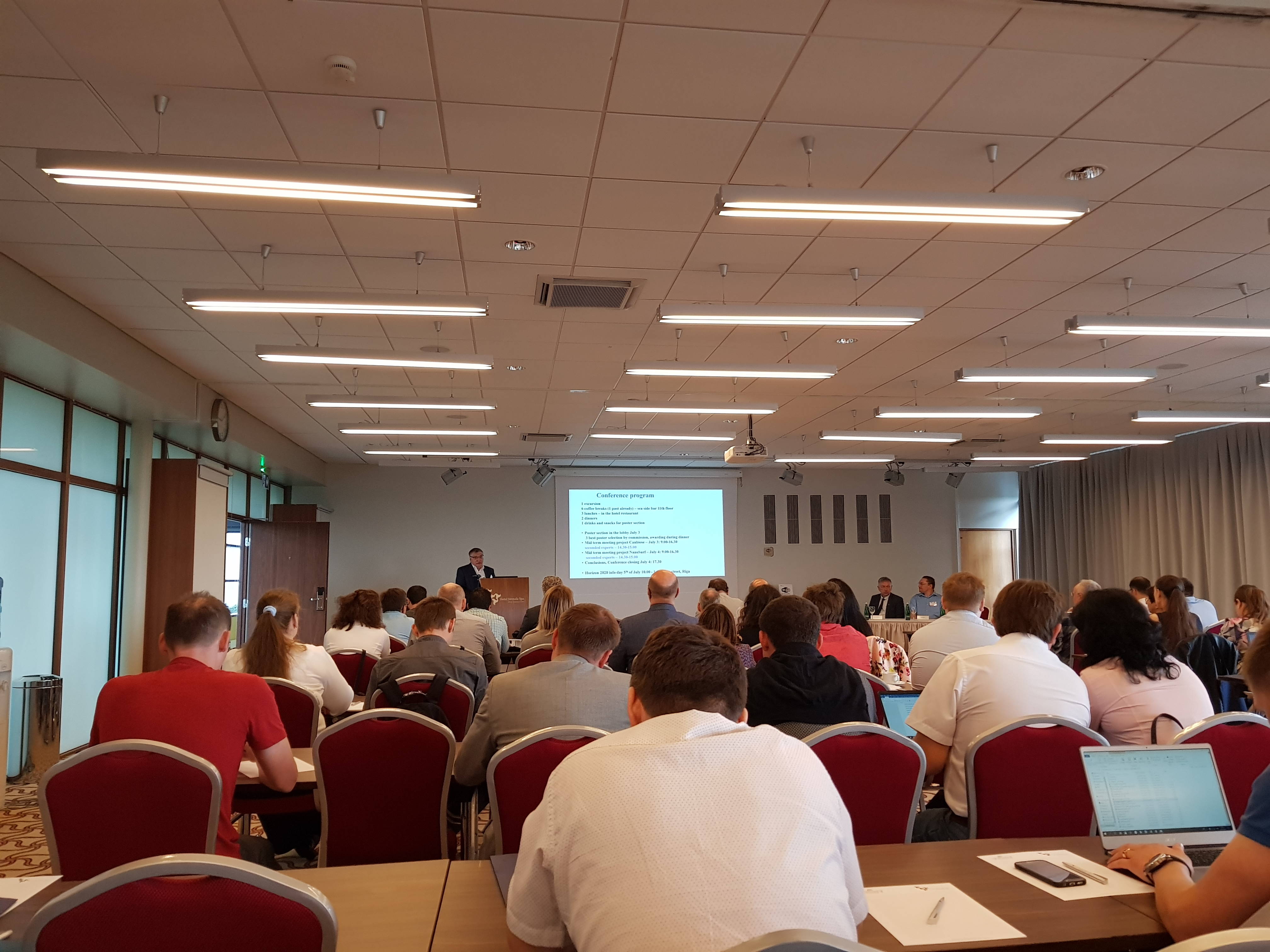
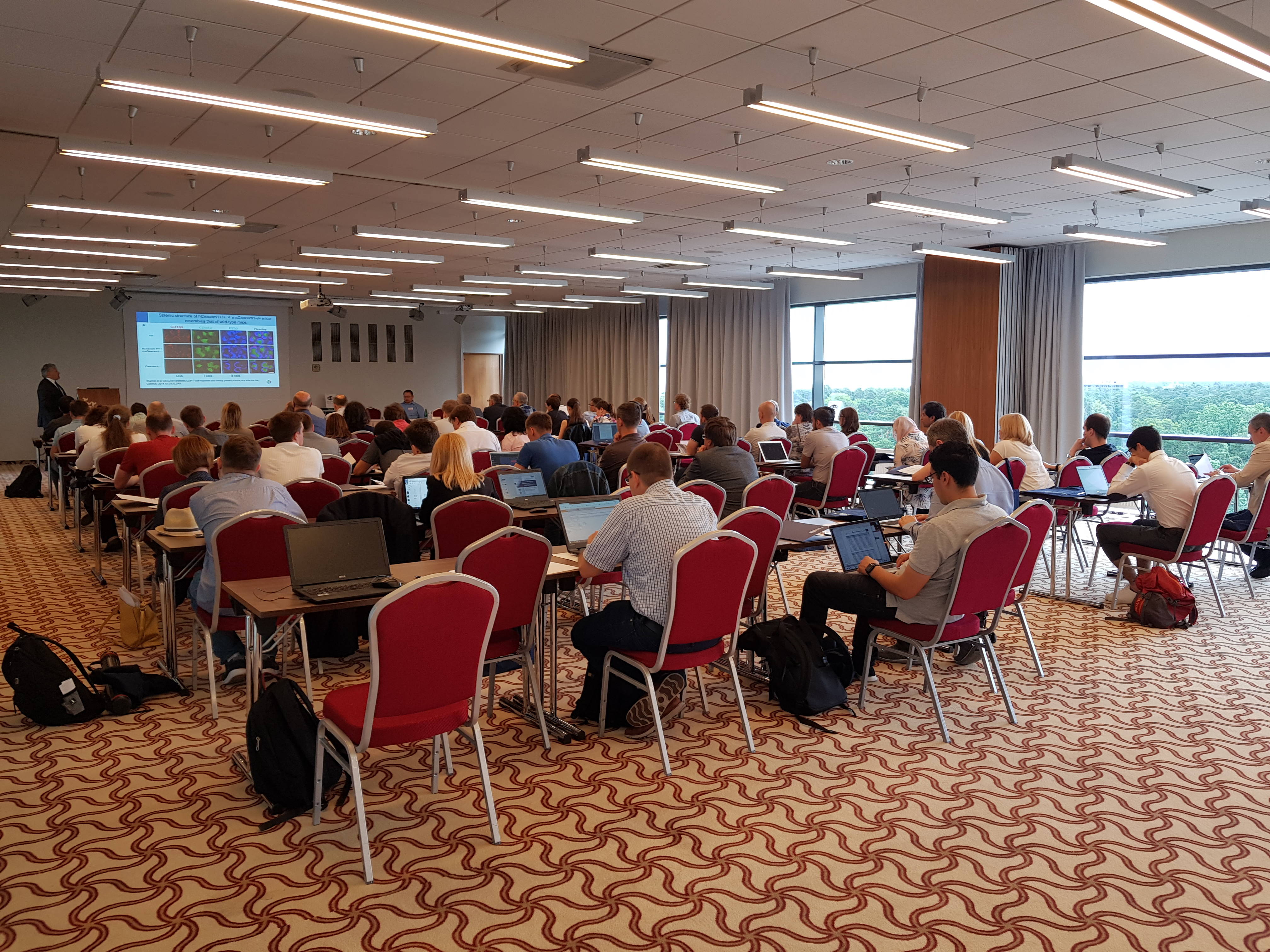
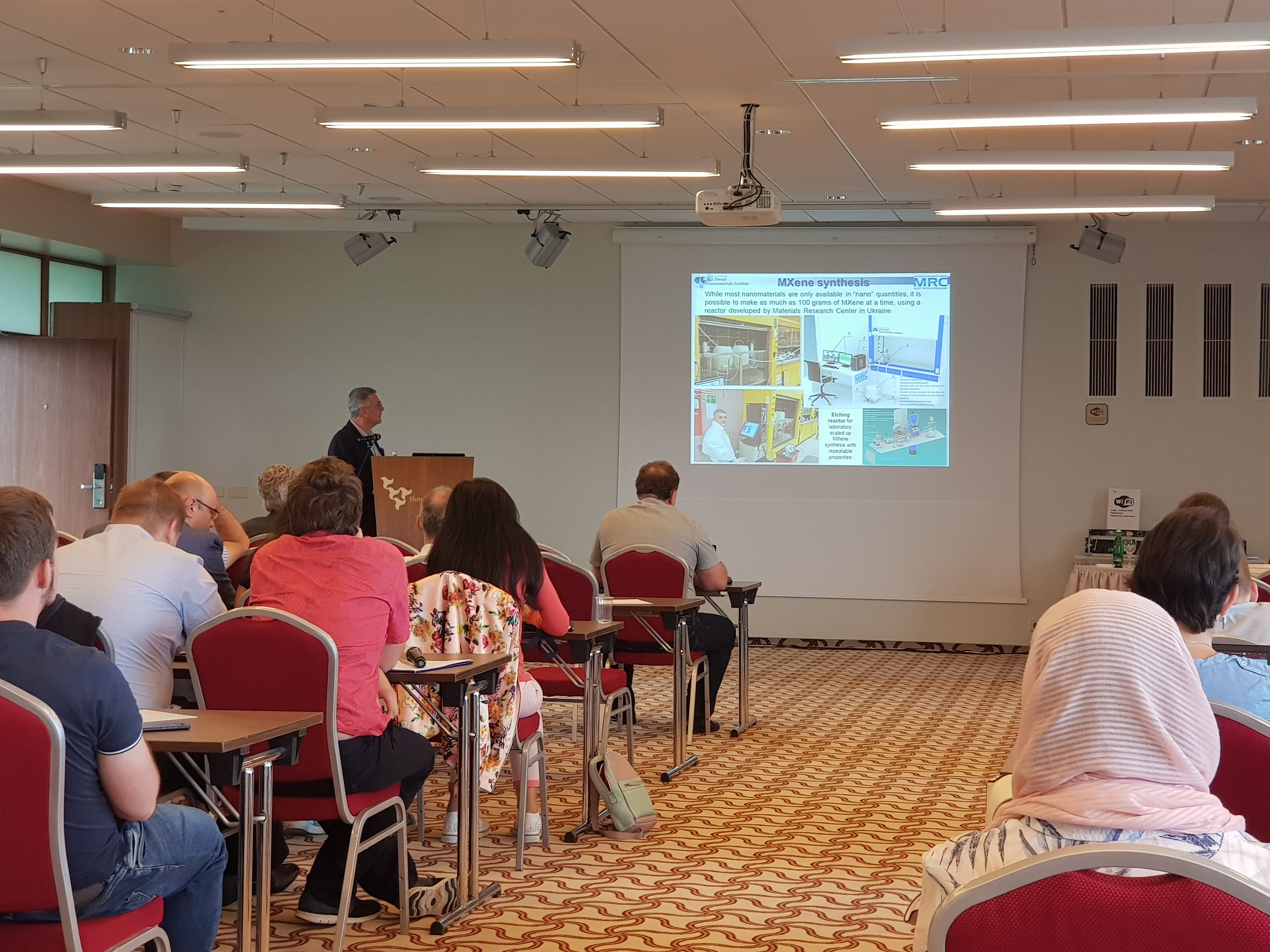
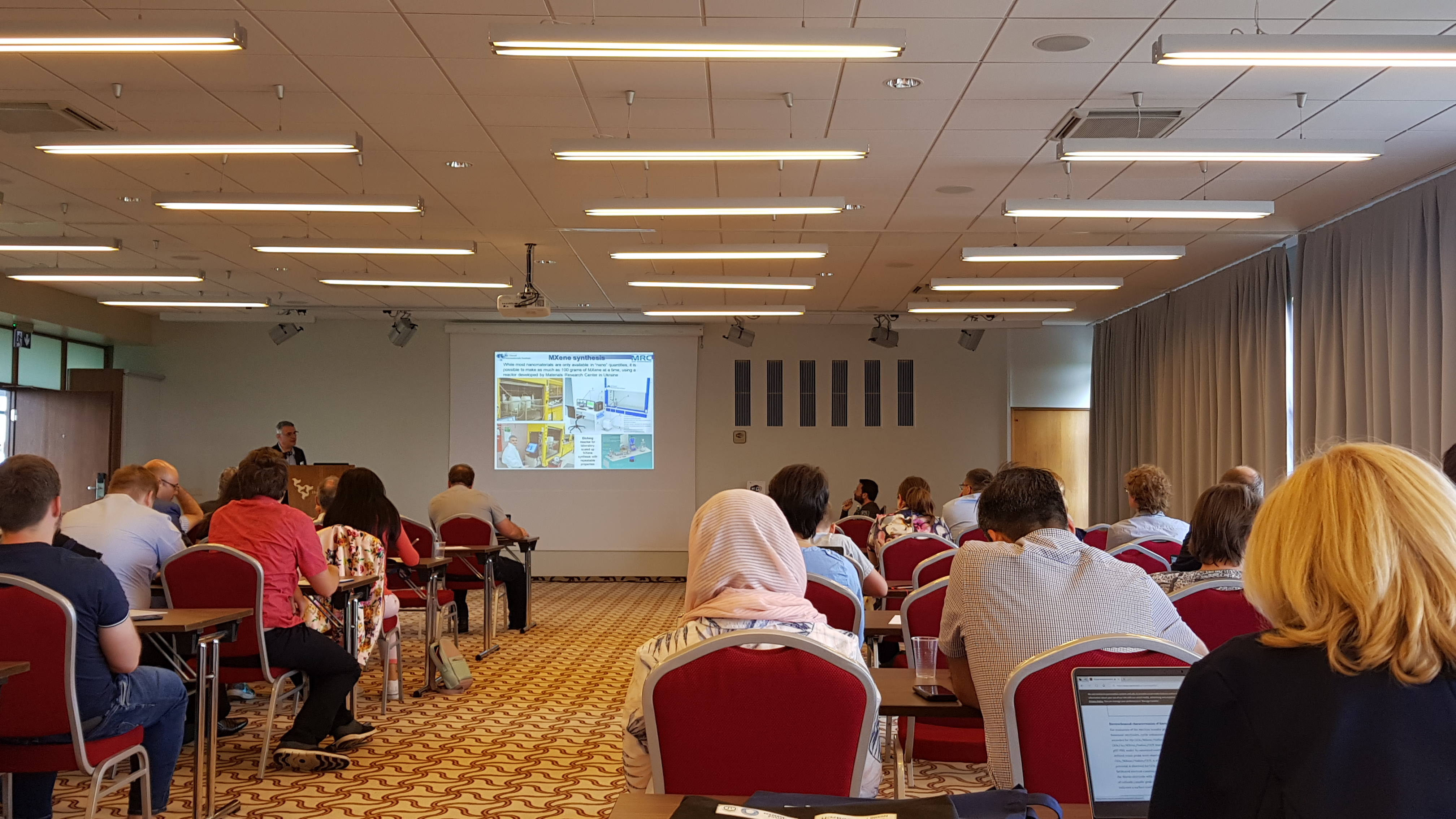
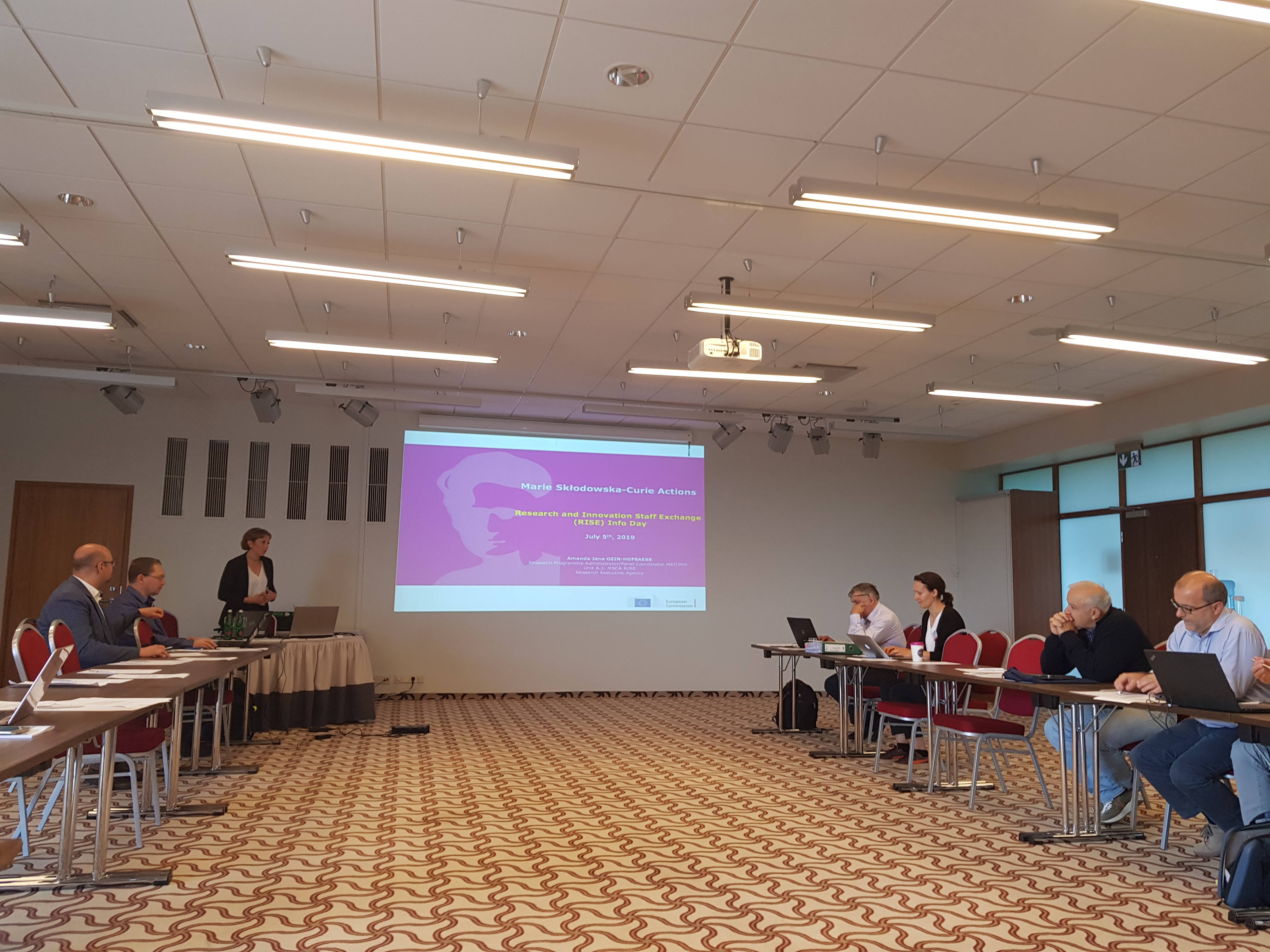
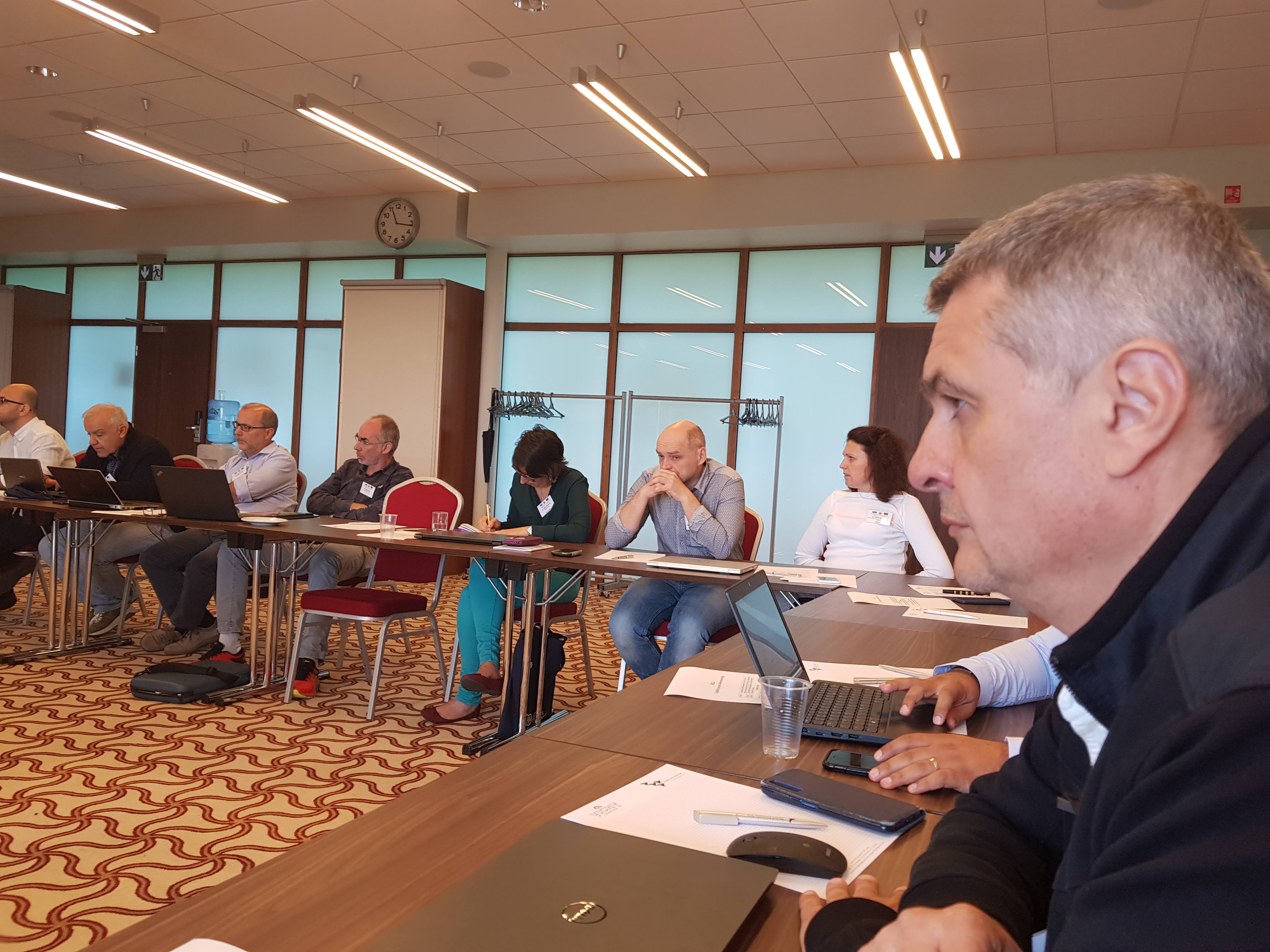
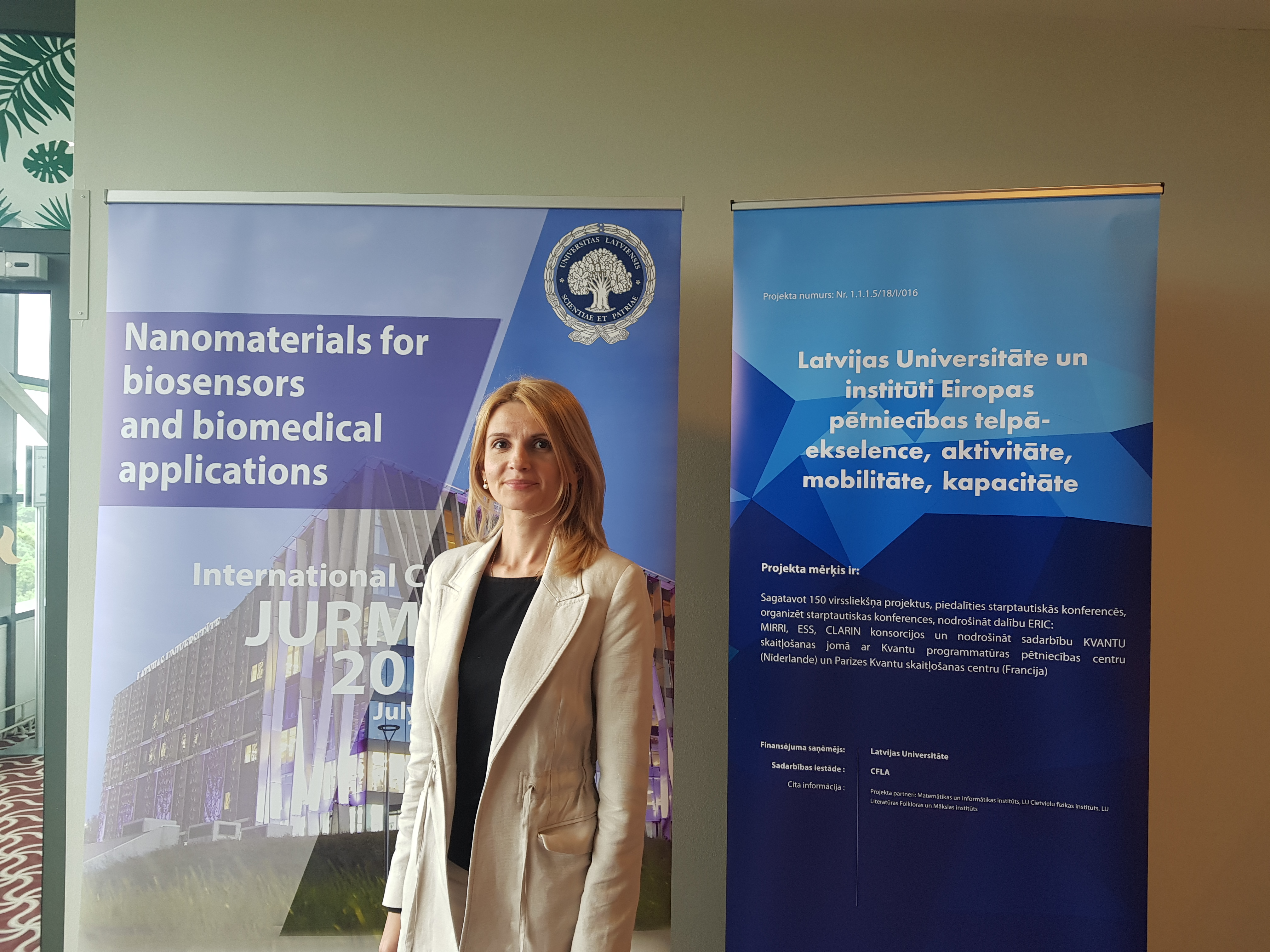
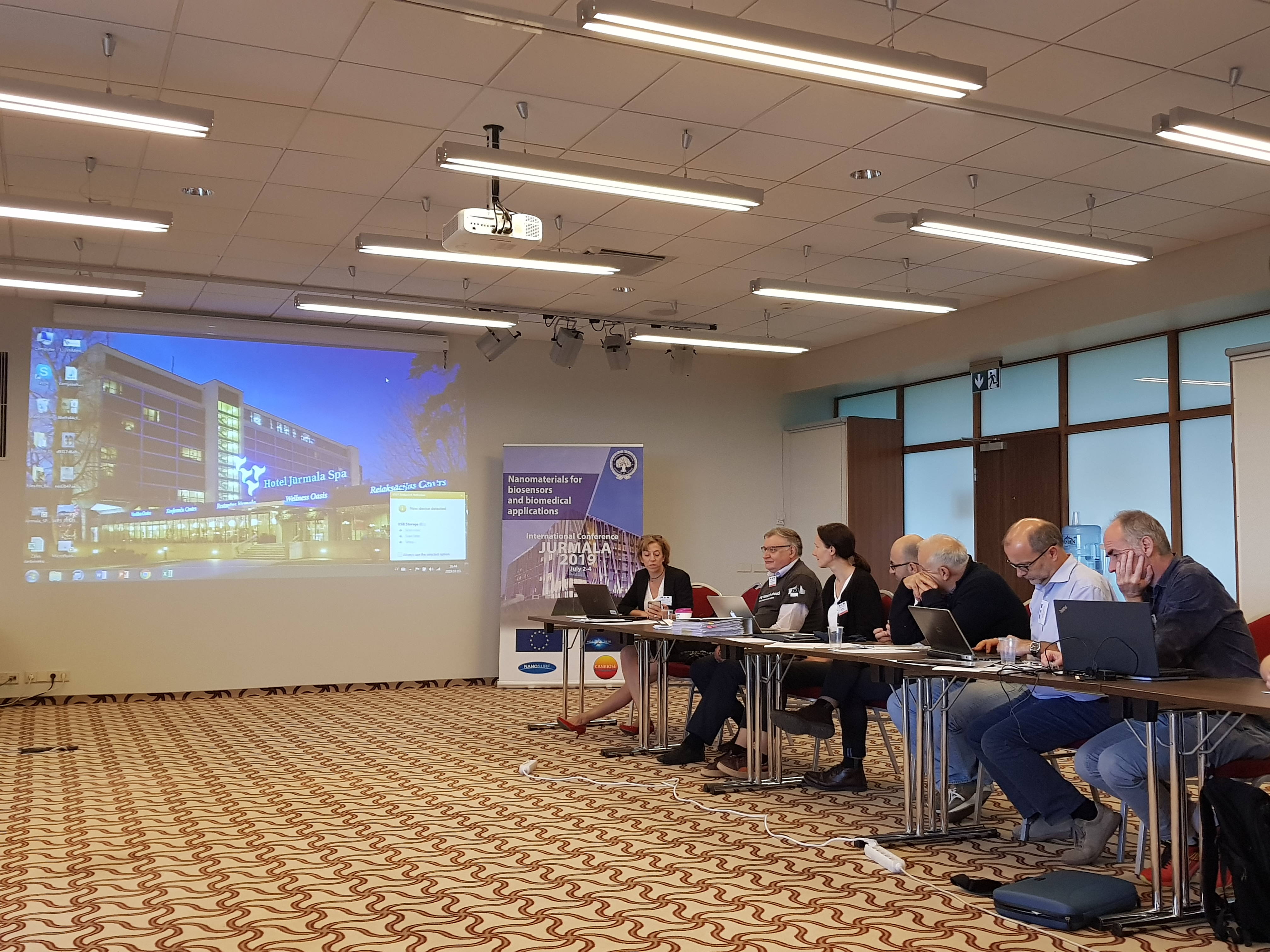



 Last Call! Have you submitted your abstract for IEEE NAP-2025 yet? Join us at the International Symposium on "The MXene Frontier: Transformative Nanomaterials Shaping the Future" – the largest MXene-focused conference in Europe this year! Final Submission Deadline: May 15, 2025. Don’t miss this exclusive opportunity to showcase your research and engage with world leaders in the MXene field!
Last Call! Have you submitted your abstract for IEEE NAP-2025 yet? Join us at the International Symposium on "The MXene Frontier: Transformative Nanomaterials Shaping the Future" – the largest MXene-focused conference in Europe this year! Final Submission Deadline: May 15, 2025. Don’t miss this exclusive opportunity to showcase your research and engage with world leaders in the MXene field! We are excited to announce the publication of latest review article on MXenes in Healthcare. This comprehensive review explores the groundbreaking role of MXenes—an emerging class of 2D materials—in revolutionizing the fields of medical diagnostics and therapeutics. Read the full article here: https://doi.org/10.1039/D4NR04853A.
We are excited to announce the publication of latest review article on MXenes in Healthcare. This comprehensive review explores the groundbreaking role of MXenes—an emerging class of 2D materials—in revolutionizing the fields of medical diagnostics and therapeutics. Read the full article here: https://doi.org/10.1039/D4NR04853A. Congratulations and thank you to our collaborators from TU Wien and CEST for very interesting work and making it published! In this work, an upscalable electrochemical MXene synthesis is presented. Yields of up to 60% electrochemical MXene (EC-MXene) with no byproducts from a single exfoliation cycle are achieved.
Congratulations and thank you to our collaborators from TU Wien and CEST for very interesting work and making it published! In this work, an upscalable electrochemical MXene synthesis is presented. Yields of up to 60% electrochemical MXene (EC-MXene) with no byproducts from a single exfoliation cycle are achieved. Congratulations to all collaborators with this interesting joint work!
Congratulations to all collaborators with this interesting joint work!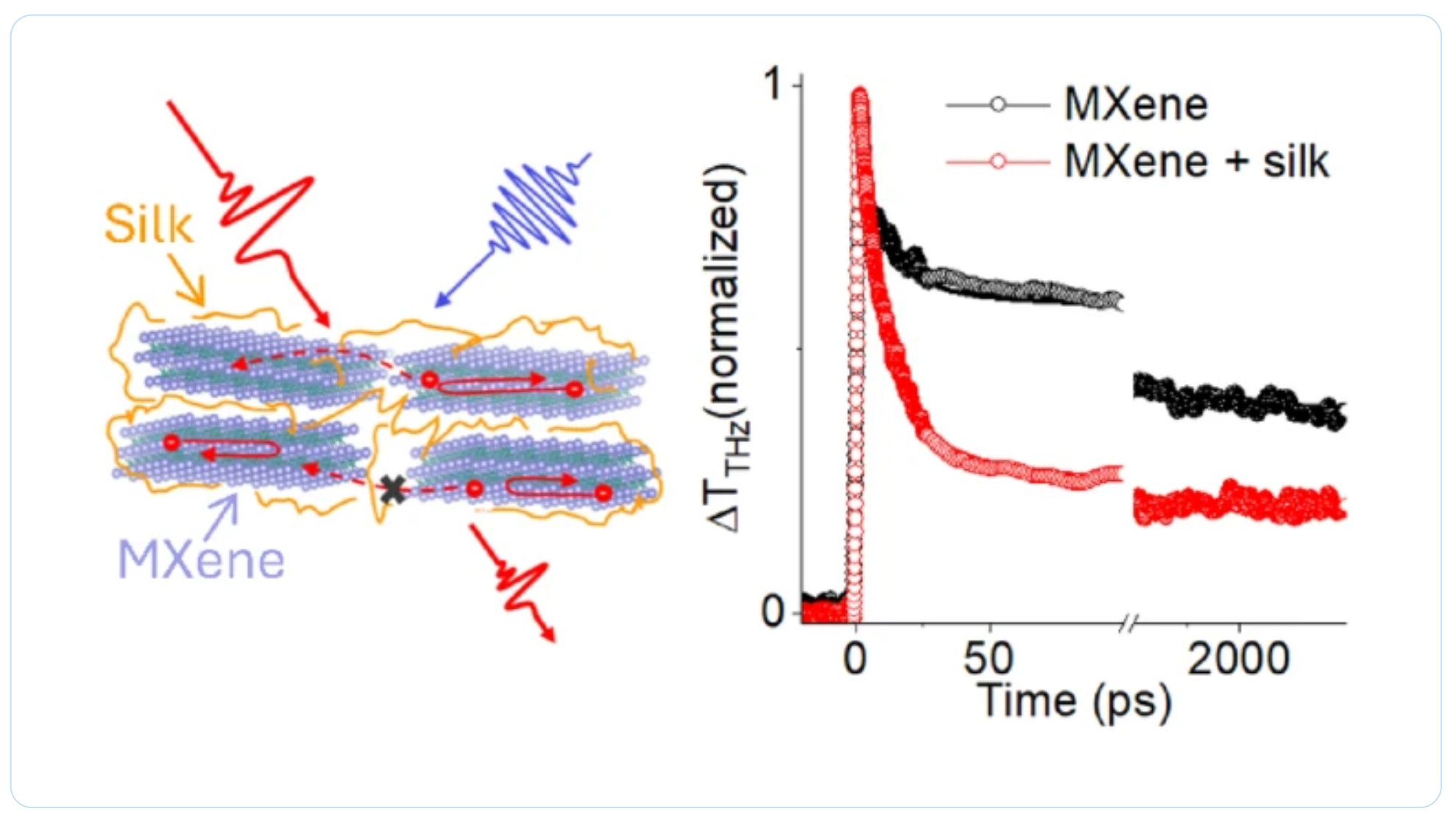 Thank you to our collaborators for the amazing joint work recently published in Graphene and 2D Nanomaterials about MXene–silk fibroin composite films aiming to develop materials with tunable electronic and thermal properties
Thank you to our collaborators for the amazing joint work recently published in Graphene and 2D Nanomaterials about MXene–silk fibroin composite films aiming to develop materials with tunable electronic and thermal properties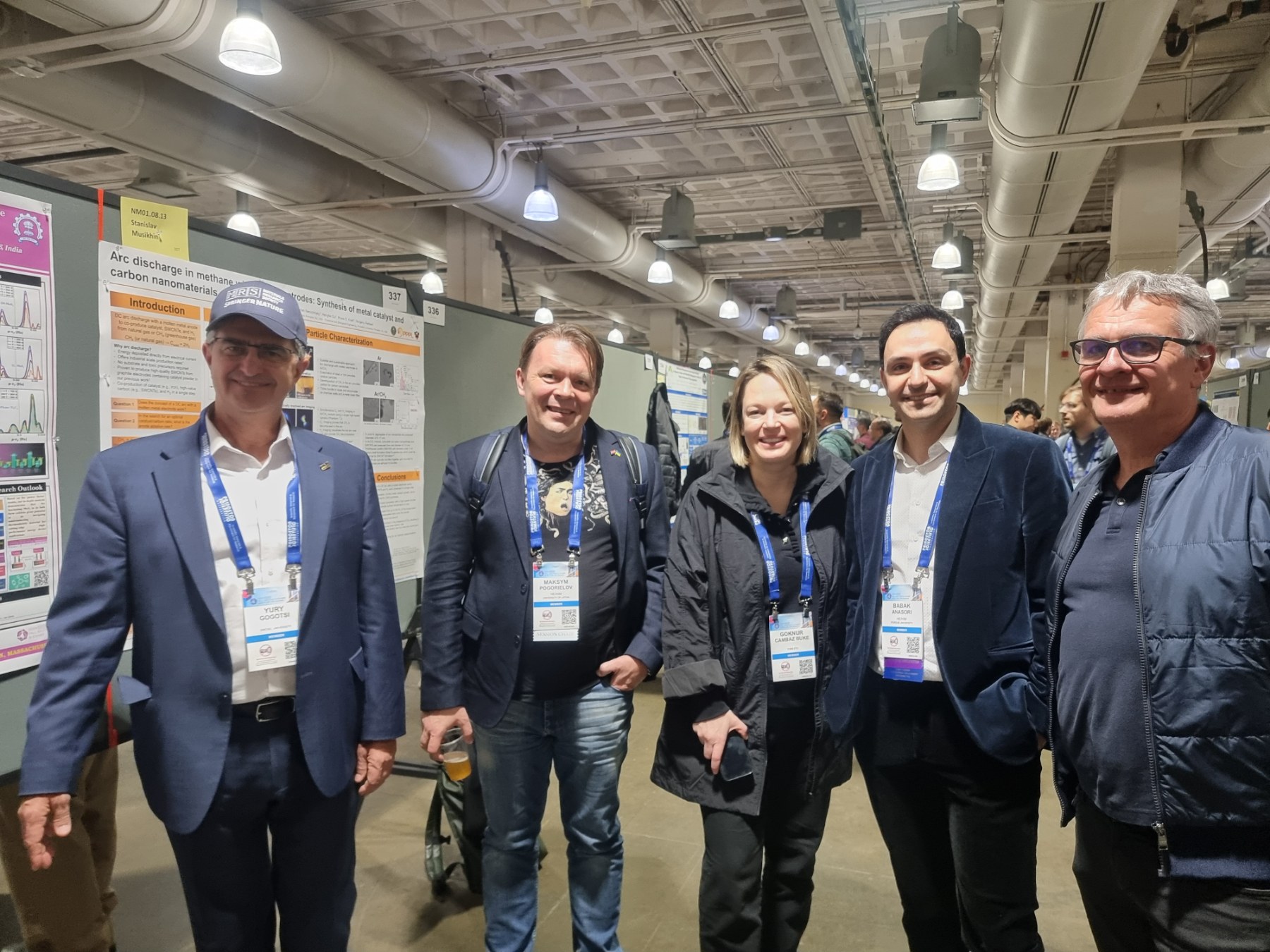 Dr. Oleksiy Gogotsi, director of MRC and Carbon-Ukraine, innovative companies that are among the leaders on the world MXene market, visited 2024 MRS Fall Meeting & Exhibit. together with Dr. Maksym Pogorielov, Head of Advanced Biomaterials and Biophysics Laboratory, University of Latvia.
Dr. Oleksiy Gogotsi, director of MRC and Carbon-Ukraine, innovative companies that are among the leaders on the world MXene market, visited 2024 MRS Fall Meeting & Exhibit. together with Dr. Maksym Pogorielov, Head of Advanced Biomaterials and Biophysics Laboratory, University of Latvia.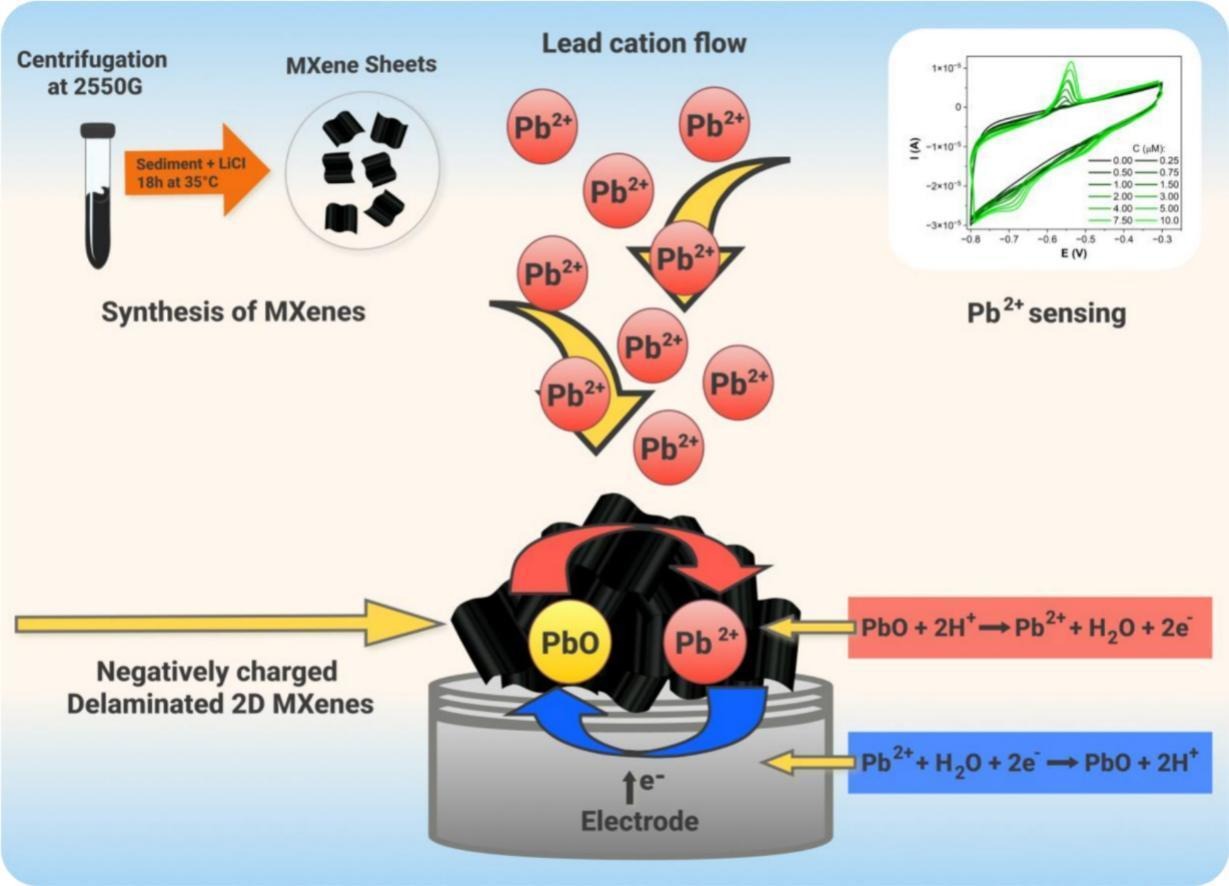
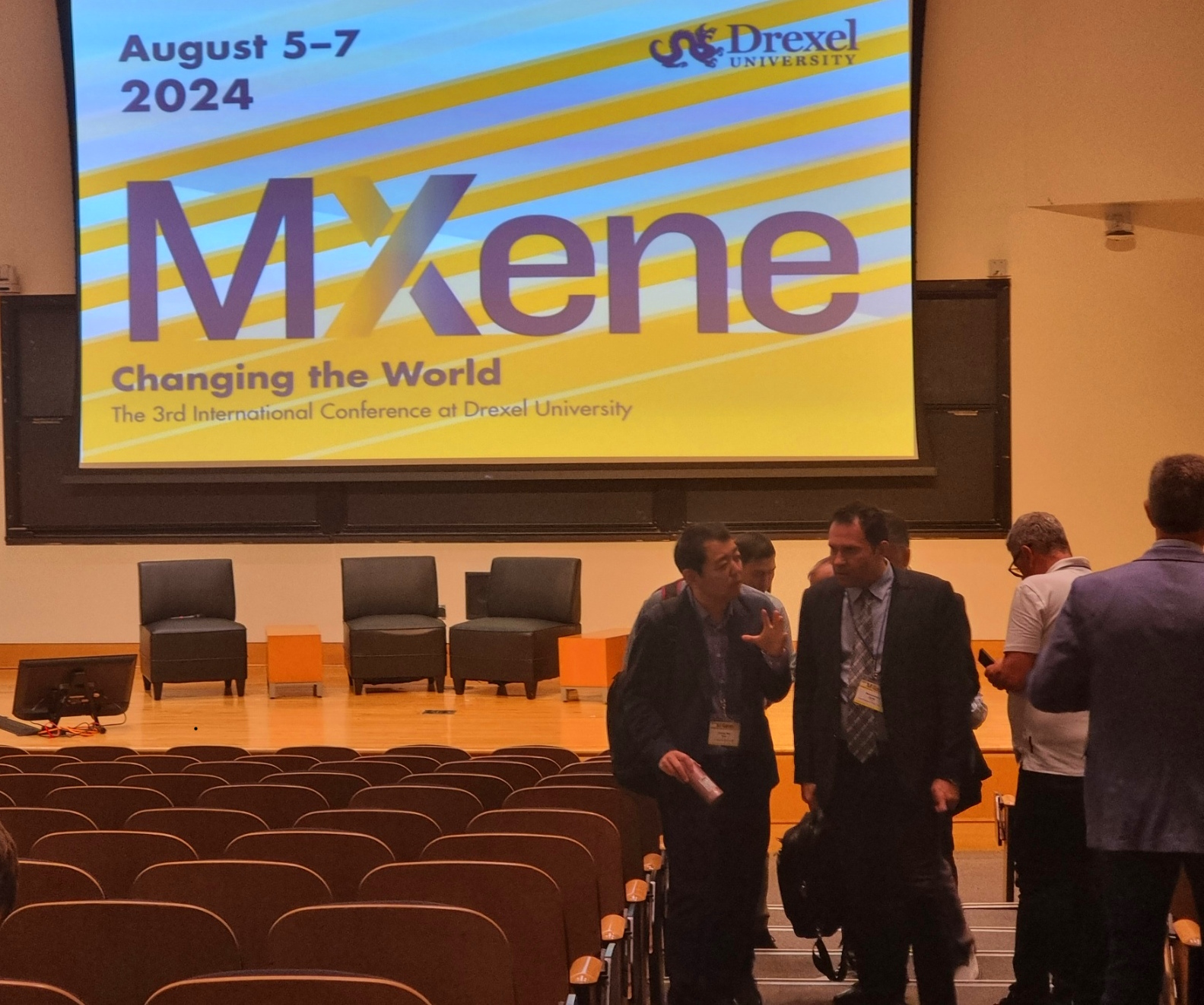 MRC and Carbon-Ukraine team visited the 3rd International MXene conference held at Drexel University on August 5-8, 2024. Conference brought together the best reserchers and leading experts on MXene field.
MRC and Carbon-Ukraine team visited the 3rd International MXene conference held at Drexel University on August 5-8, 2024. Conference brought together the best reserchers and leading experts on MXene field. 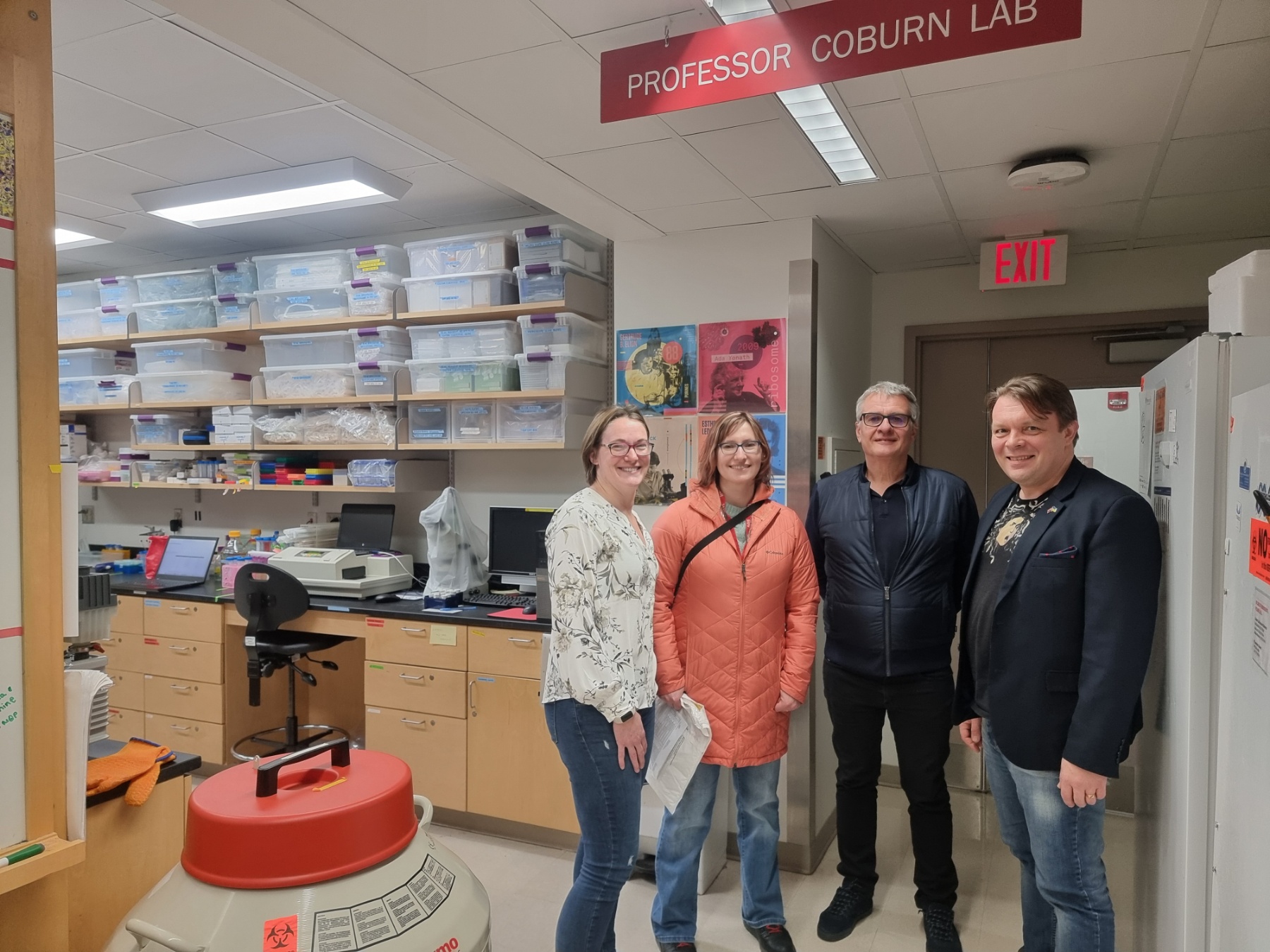
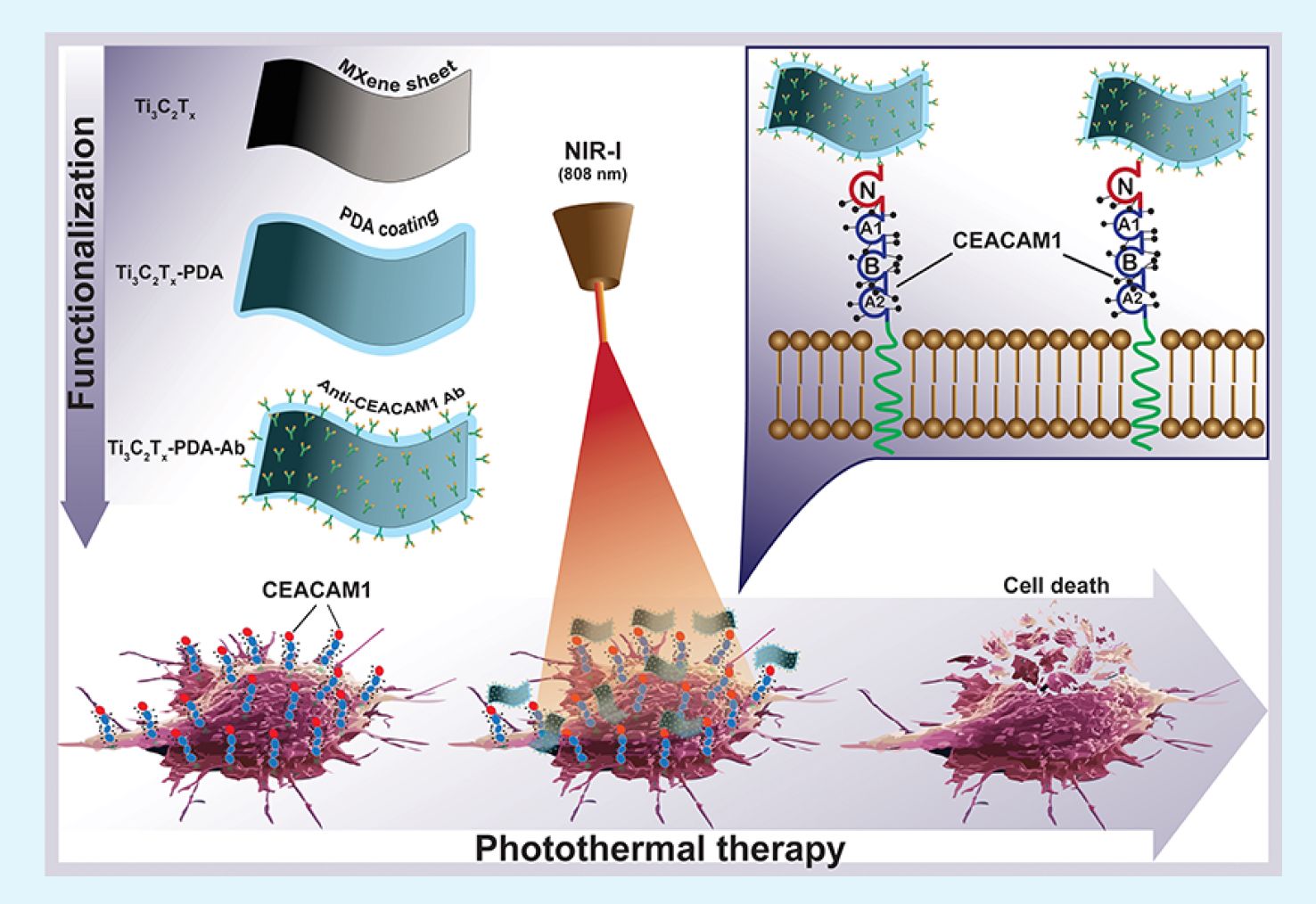 Together with colleagues from the University of Latvia, MRC/Carbone Ukraine, Adam Mickiewicz University, University Clinic Essen, and others, we have developed a novel concept involving the binding of antibodies to MXenes. In our research, we utilized anti-CEACAM1 antibodies to develop targeted photo-thermal therapy for melanoma (in vitro), paving the way for future in vivo studies and clinical trials. For the first time, we demonstrate the feasibility of delivering MXenes specifically targeted to melanoma cells, enabling the effective ablation of cancer cells under near-infrared (NIR) light. This new technique opens up vast potential for the application of MXenes in cancer treatment, diagnostics, drug delivery, and many other medical purposes.
Together with colleagues from the University of Latvia, MRC/Carbone Ukraine, Adam Mickiewicz University, University Clinic Essen, and others, we have developed a novel concept involving the binding of antibodies to MXenes. In our research, we utilized anti-CEACAM1 antibodies to develop targeted photo-thermal therapy for melanoma (in vitro), paving the way for future in vivo studies and clinical trials. For the first time, we demonstrate the feasibility of delivering MXenes specifically targeted to melanoma cells, enabling the effective ablation of cancer cells under near-infrared (NIR) light. This new technique opens up vast potential for the application of MXenes in cancer treatment, diagnostics, drug delivery, and many other medical purposes.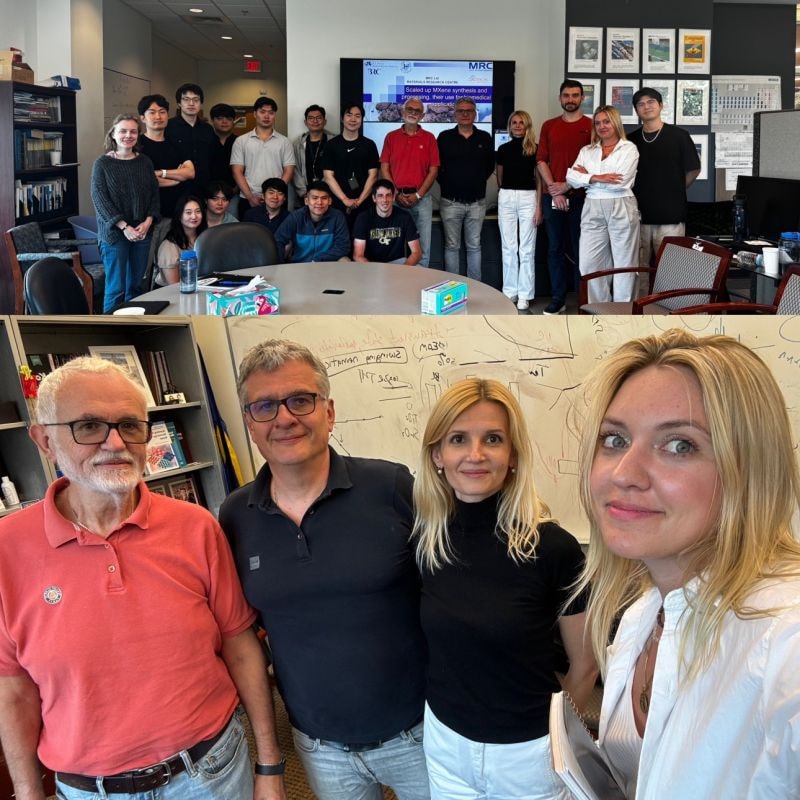

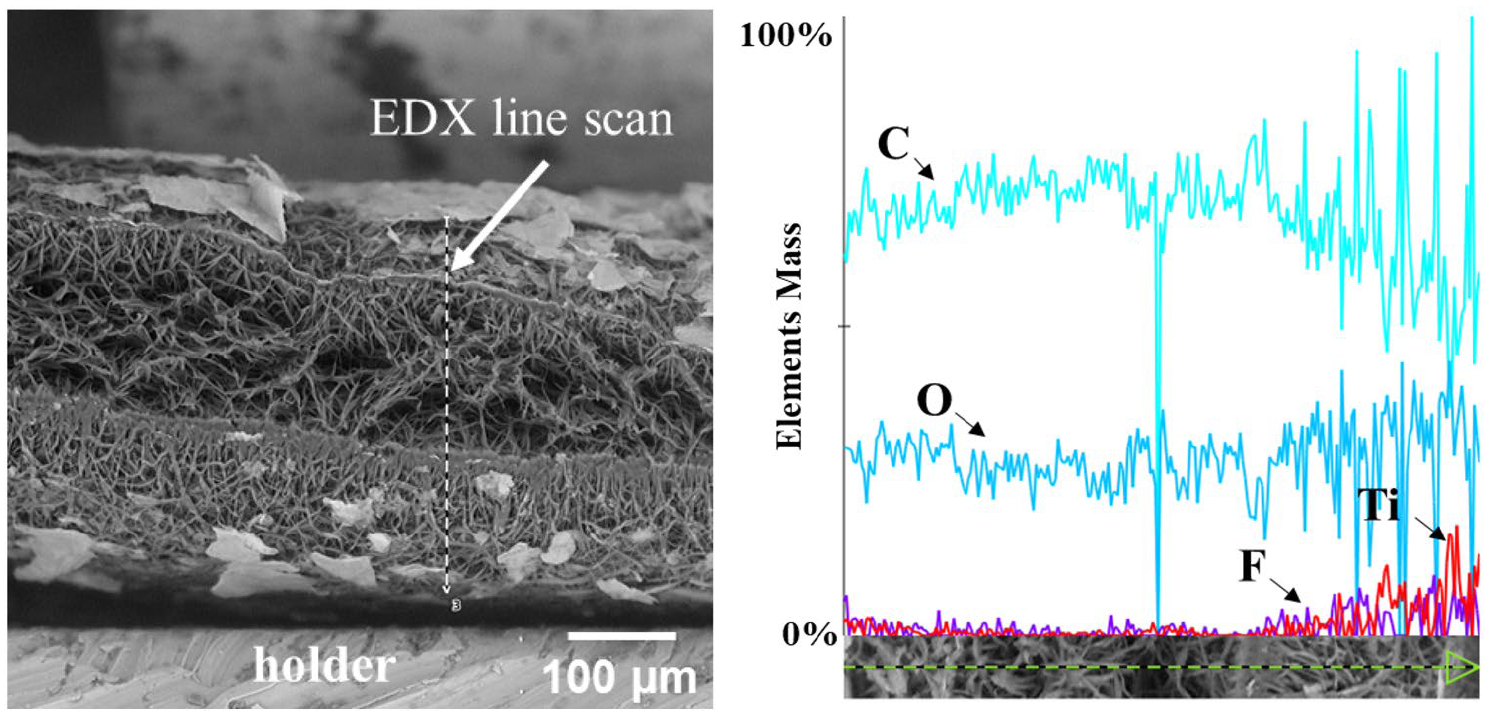 Here we demonstrate a new developed method for depositing Ti3C2Tx MXenes onto hydrophobic electrospun PCL membranes using oxygen plasma treatment. These novel patches hold tremendous potential for providing mechanical support to damaged heart tissue and enabling electrical signal transmission,thereby mimicking the crucial electroconductivity required for normal cardiac function. After a detailed investigation of scaffold-to-cell interplay, including electrical stimulation, novel technology has the potential for clinical application not only for cardiac regeneration, but also as neural and muscular tissue substitutes.
Here we demonstrate a new developed method for depositing Ti3C2Tx MXenes onto hydrophobic electrospun PCL membranes using oxygen plasma treatment. These novel patches hold tremendous potential for providing mechanical support to damaged heart tissue and enabling electrical signal transmission,thereby mimicking the crucial electroconductivity required for normal cardiac function. After a detailed investigation of scaffold-to-cell interplay, including electrical stimulation, novel technology has the potential for clinical application not only for cardiac regeneration, but also as neural and muscular tissue substitutes.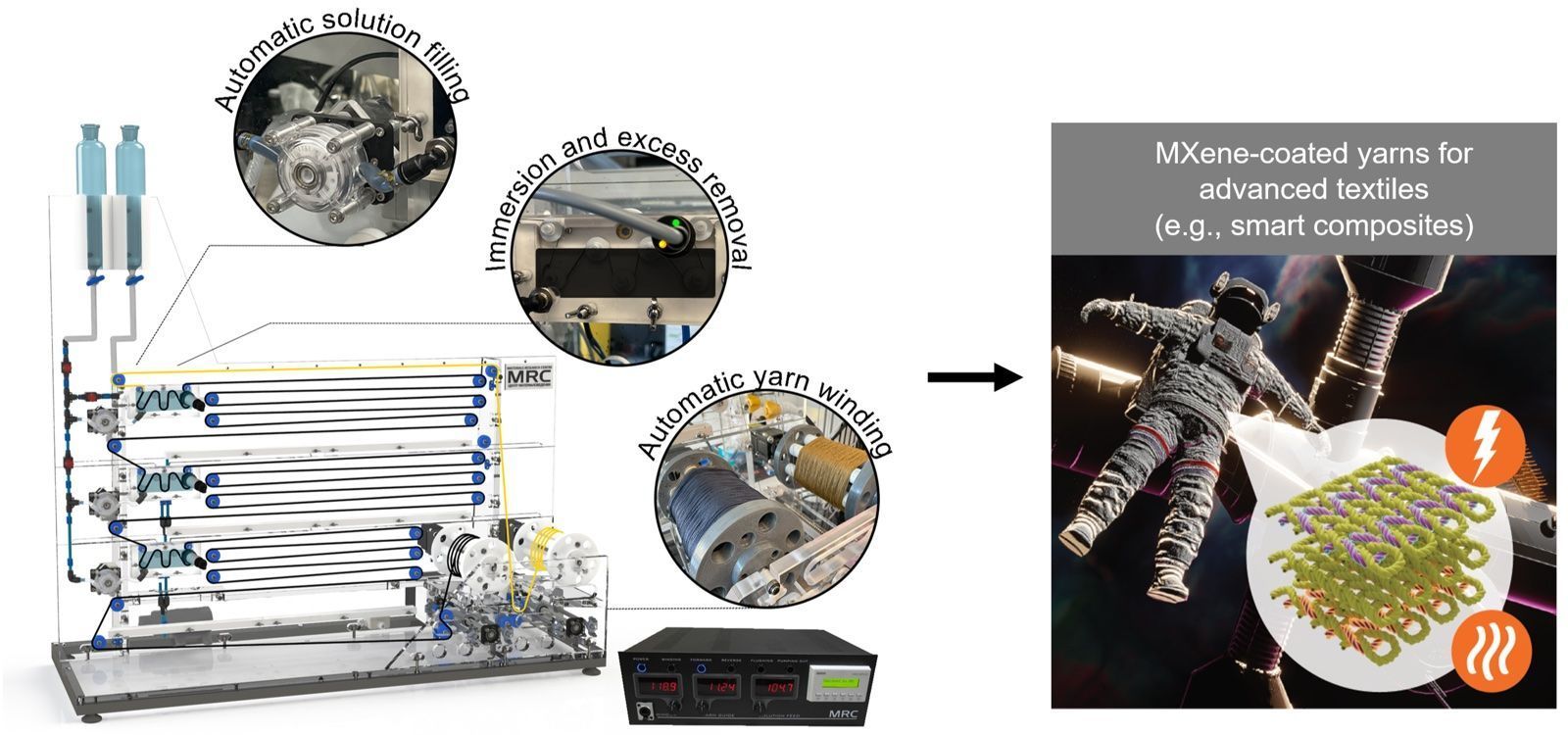
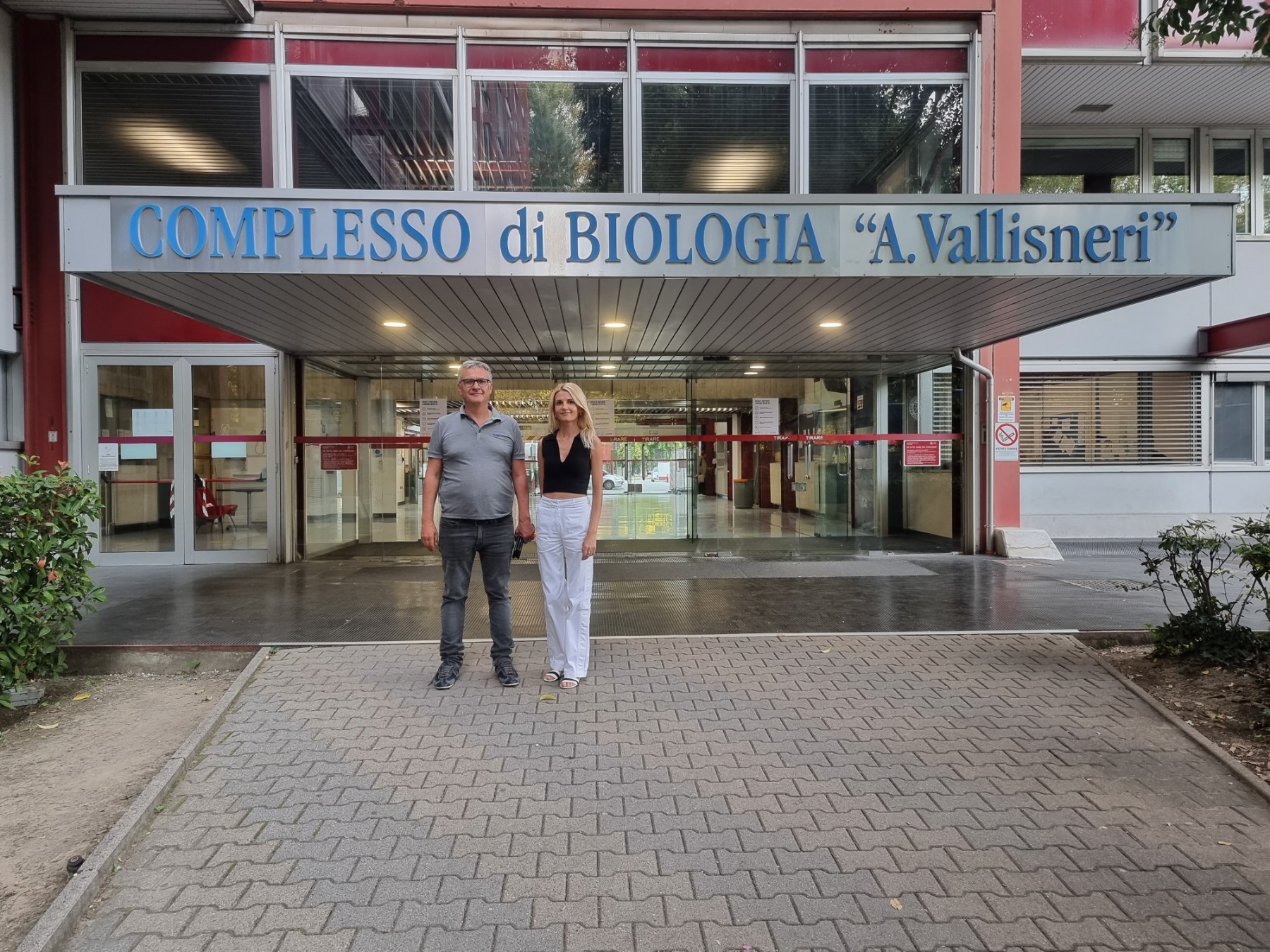 MX-MAP project participants from MRC Dr. Oleksiy Gogotsi and Veronika Zahorodna performed split secondment visit to project partner organization University of Padova (Italy). MX-MAP project works on development of the key strategies for MXene medical applications.
MX-MAP project participants from MRC Dr. Oleksiy Gogotsi and Veronika Zahorodna performed split secondment visit to project partner organization University of Padova (Italy). MX-MAP project works on development of the key strategies for MXene medical applications.